Careful selection of colour palettes and visual contrast improves the levels of comfort and spatial awareness of staff and visitors.
Visual contrast between surfaces and features in a building helps people with visual impairments to:
Effective visual contrast promotes visual clarity, orientation, and the perception of space.
Natural and artificial lighting design should be applied in accordance with the Government Building Performance specification. For more information, email the Government Property Group team.
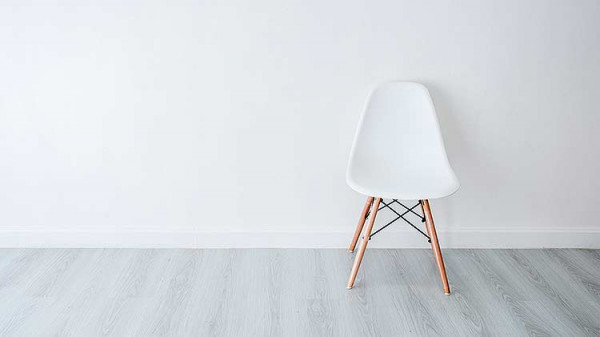
This is an example of a low visual contrast image.
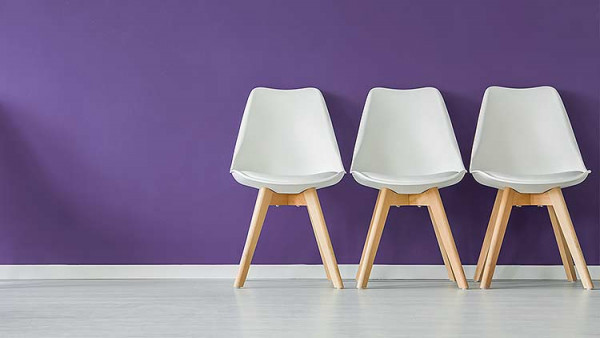
An example of a high visual contrast image.
You can measure the contrast of surfaces like walls, floors, ceilings and doors by the light reflectance value (LRV). The LRV is a measure of the amount of light that a surface reflects and is represented by a scale from 0 to 100; where 0 represents a fully absorbing surface (black) and 100 a fully reflecting surface (white).
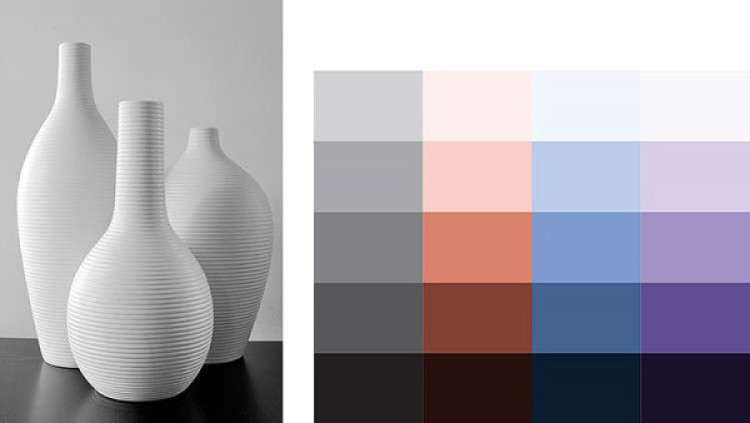
Left: These ceramics show LRVs at work. They have a high LRV, and are sitting on a surface with low LRV; right: A chart of LRV’s ranging from 0% to 100% in four different colours.
The recommended LRV ranges for floor surface colours should fall between zero and 30%. For solid walls, glazed walls with frostings, and signage and door colours it should fall between 30 and 90% LRV. Ceiling colours should fall between 90 and 100% LRV.
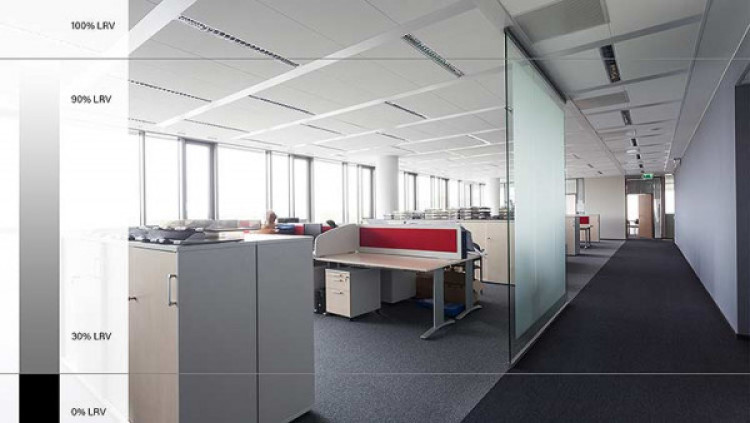
An office environment with the recommended light reflectance values
Agencies should use similar colours to those shown in this colour palette, in complementary colour combinations.
The use of patterns can affect depth perception for people with visual impairments; the section on implementing these guidelines below has more detail on which patterns may be used where.
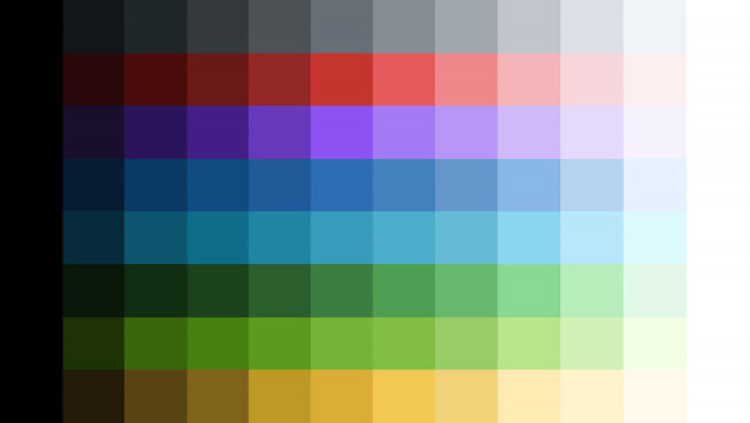
A colour palette showing the suggested colours for government
Natural landscapes and cultural heritage help create the aesthetic backdrop of the national identity.
These colours often revolve around blue, particularly from sea and sky, as well as rich greens and reds. Using these colours in your workplace design can help to reflect Aotearoa within the office environment.

Six images showing commonly reoccurring colours throughout New Zealand
Effective visual contrast helps people with visual impairments navigate safely around the workplace, and promotes visual clarity.
These tools can be used to help determine visual contrasts:
Colour and contrast – Te Tari Taiwhenua Department of Internal Affairs
Colour accessibility tolls and resources – Vision Australia